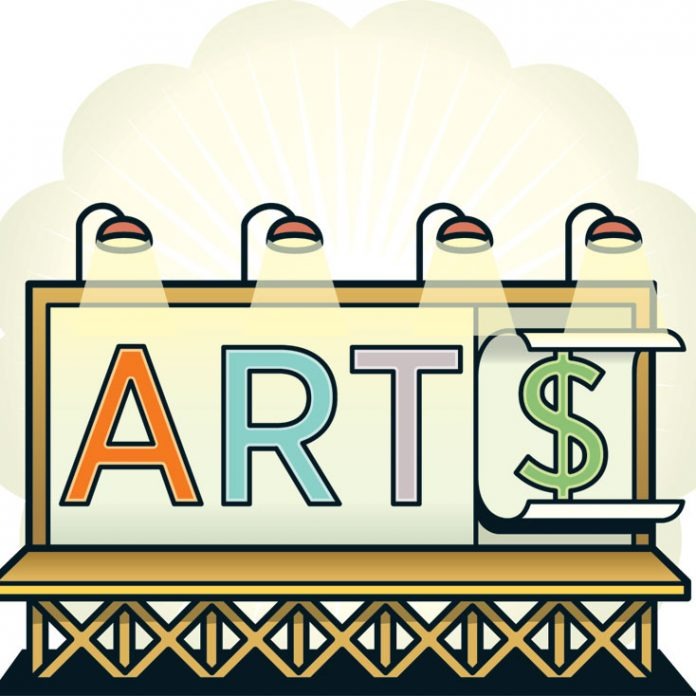In recent years, there has been ongoing debate about the level of public funding for the arts. Some people argue that more public money should be spent on funding the arts, while others believe that other areas, such as healthcare and education, should take priority. In this article, we will discuss the benefits of funding the arts and explore whether it is a worthwhile investment of public money.
The Benefits of Funding the Arts
There are several compelling reasons why more public money should be spent on funding the arts. One of the main benefits is the positive impact that the arts can have on individuals and communities. Exposure to the arts has been shown to improve mental health and wellbeing, enhance creativity and critical thinking skills, and foster a sense of community and social cohesion. By investing in the arts, governments can help to create a more vibrant and inclusive society that values creativity and culture.
Furthermore, the arts can also have significant economic benefits. The creative industries are a major source of employment and revenue, generating billions of dollars in economic activity each year. By investing in the arts, governments can help to stimulate economic growth and create new job opportunities.
Critics of increased public funding for the arts often argue that the arts are a luxury and that they are not as essential as other areas, such as healthcare and education. However, this argument overlooks the fact that the arts can have a positive impact on these areas as well. For example, art therapy is an effective form of treatment for mental health issues, while exposure to the arts can enhance critical thinking skills and academic performance.
Is Funding the Arts a Worthwhile Investment of Public Money?
While there are compelling reasons to invest more public money in the arts, there are also valid concerns about how this money is allocated and whether it is being used effectively. Some critics argue that public funding for the arts is often directed towards established institutions and artists, rather than supporting emerging talent and grassroots initiatives.
Moreover, there are concerns that public funding for the arts can be misused or abused, with some artists or organizations receiving funding for projects that are deemed to be of questionable artistic or social value. To address these concerns, it is important for governments to ensure that public funding for the arts is distributed fairly and transparently and that it is used to support a diverse range of artistic and cultural initiatives.
In conclusion, while there are valid concerns about how public money is allocated to the arts, the benefits of investing in the arts cannot be denied. By supporting the arts, governments can help to create a more vibrant and inclusive society that values creativity and culture. Furthermore, by supporting the creative industries, governments can help to stimulate economic growth and create new job opportunities. Therefore, it is worth considering increasing public funding for the arts, as long as this funding is distributed fairly and transparently and is used effectively to support a diverse range of artistic and cultural initiatives.

